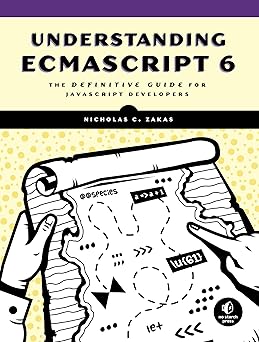 Those who know me or have been following this blog for a while know that I have a strong interest in communication and social interaction. I believe that poor communication is one of the largest sources of problems in the world, from interpersonal relationships to business. As such, I’m always looking for ways to tweak my communication skills for the better. Now, anyone that’s met me in person will probably find this funny considering most perceive me to be a sarcastic and assertive person. I really do try to communicate as clearly and patiently as possible…it just doesn’t always happen that way. A couple of weeks ago I was roaming around the bookstore when I came across this book, Nonviolent Communication. Very quickly, I found myself re-evaluating how I talk to people.
Those who know me or have been following this blog for a while know that I have a strong interest in communication and social interaction. I believe that poor communication is one of the largest sources of problems in the world, from interpersonal relationships to business. As such, I’m always looking for ways to tweak my communication skills for the better. Now, anyone that’s met me in person will probably find this funny considering most perceive me to be a sarcastic and assertive person. I really do try to communicate as clearly and patiently as possible…it just doesn’t always happen that way. A couple of weeks ago I was roaming around the bookstore when I came across this book, Nonviolent Communication. Very quickly, I found myself re-evaluating how I talk to people.
The premise of the book is, as you may have guessed, how to communicate in a non-antagonistic and respectful way. There’s a nice progression from how to start thinking differently about communicating all the way through actual techniques. The book is filled with real-world conversations that can be used as examples of the approaches being discussed; these really tie everything together nicely.
The first think Rosenberg asks you to do is to make a distinction between phrases indicating observation versus those indicating evaluation. He posits that this distinction is often lost in the English language and frequently leads to hard feelings. For example, “he is angry” is a phrase containing an evaluation. I couldn’t possibly know that he was angry unless he told me. The phrase, “he yelled at me” is an observation, and if that happened, I then evaluated the situation and determined that he was angry. The first key to nonviolent communicaton (NVC), Rosenberg says, is to focus on speaking only in terms of observations. This leads to a technique of reflective discussion in which you simply observe what the other person is saying and repeat it back to them in a way indicating that you are trying to understand, such as, “it seems that you’re upset that your boss yelled at you and would like her to be more appreciative of your efforts, is that correct?”
Next, you’re taught how to better communicate feelings. Rosenberg points out that the English language lends itself to ambiguously expressing feelings. Oftentimes, you may think you’re expressing a feeling when you’re not just by using the phrase, “I feel,” such as, “I feel stupid.” In truth, “stupid” isn’t a feeling so this phrase doesn’t really express a feeling. Learning to better express feelings is a key part of NVC that is quickly followed up by taking ownership of your own feelings. Rosenberg offers the sentence structure of, “I feel __ because I ________” as a guide to help you better determine the source of your feelings. The important part of this is the awareness that only you can control your feelings; no one else can force you to feel anything so blaming them is only a way to create friction.
There’s a whole host of great advice and examples in this book, so much so that I find myself flipping back to specific parts all the time. My key takeaway from reading Nonviolent Communcation is the importance of identifying the other party’s needs and listening empathically rather than judging. I’ve found myself using these techniques a few times since I read the book and have been truly amazed by the responses that I’ve received. I can’t recommend this book enough for anyone who’s interested in bettering their communication skills.





